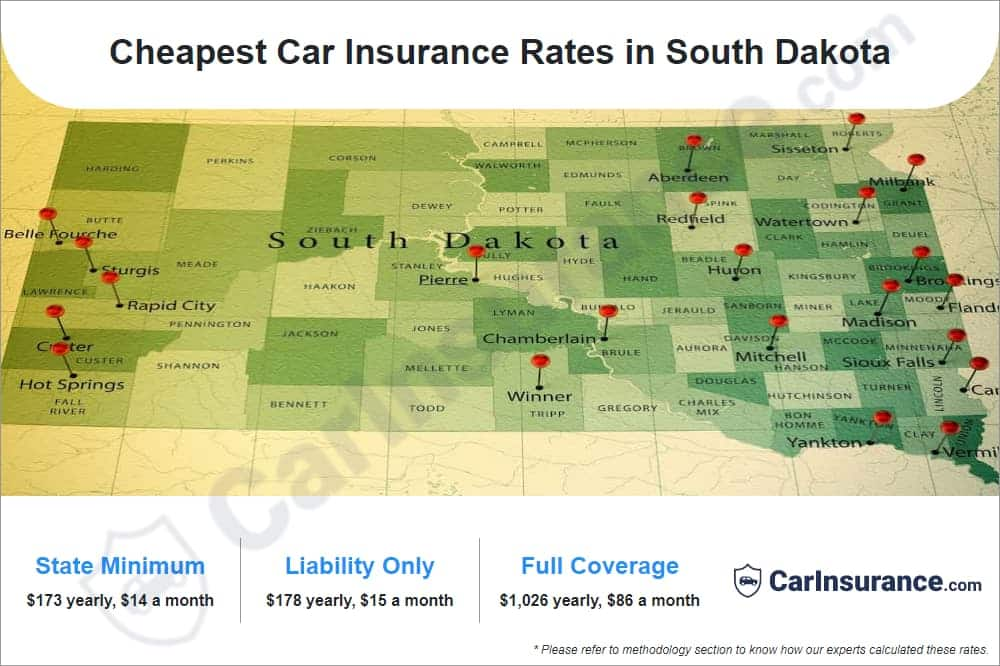
Minimum value is a term that is used in the Affordable Care Act. It refers the minimum coverage standard that group health plans must provide. This term is crucial because it can help you qualify for subsidies in the exchange, if your employer's health insurance does not meet minimum value.
Minimum Value Standard
The minimum value requirement is one out of 10 requirements which must be met for a qualified health insurance plan to be eligible for a subsidy. It is designed to ensure that plans cover at least 60% average medical expenses and offer substantial coverage of inpatient hospital and physician services. This coverage is typically included in the plan's Summary of Benefits and Coverage (SBC).
Minimum value definitions
The minimum value term, which is ACA specific, refers to an employer-sponsored healthcare plan that must provide adequate coverage. The minimum value also means the plan has to provide adequate coverage for employees in order to meet the threshold of the actuarial valuation, based on medical service costs.
In essence, the plan must cover at least 60 per cent of its actuarial values in order to qualify. This amount is relatively small, but it is important because it allows the employee to receive coverage at a lower cost.

In math, the term "minimum" and "maximum" are used to describe the smallest and largest values of a function that can be determined in a particular domain. The terms "minimum" and "maximum" are often used in mathematics analysis. It can be difficult to understand their significance without knowing what they mean.
It is important to know that minimum value differs from other concepts and terminologies. Sometimes, "minimum value", "minimum necessary coverage" or "minimum cover" are used interchangeably.
This confusion is particularly common as both terms have different meanings and functions under the ACA. For example, a plan that provides minimum essential coverage is required to cover the ten essential health benefits, which are outlined in the ACA's minimum essential coverage regulations.
In order to qualify for the tax credit, plans that do not cover minimum essential coverage must still provide some of the essential health care benefits. This is due to the ACA's requirement that all individuals have health insurance.
This is a confusing concept, but one that's crucial to grasp. If you don’t have the minimum necessary coverage, you’ll be subject to the individual responsibility tax penalty.

The Affordable Healthcare Act defines'minimum essential protection' as "coverage ensuring a minimal standard of protection." This includes job-based health insurance, individual market policies, Medicare, Medicaid, CHIP, TRICARE and certain other coverage.
The ACA also requires that any health plan offered by an employer must offer at least a certain percentage of its benefits as essential health benefits (EHBs). This includes things like preventive services, prescription drugs and maternity care. Some employers might also be required by law to provide EHBs for additional services, like vision and dental.